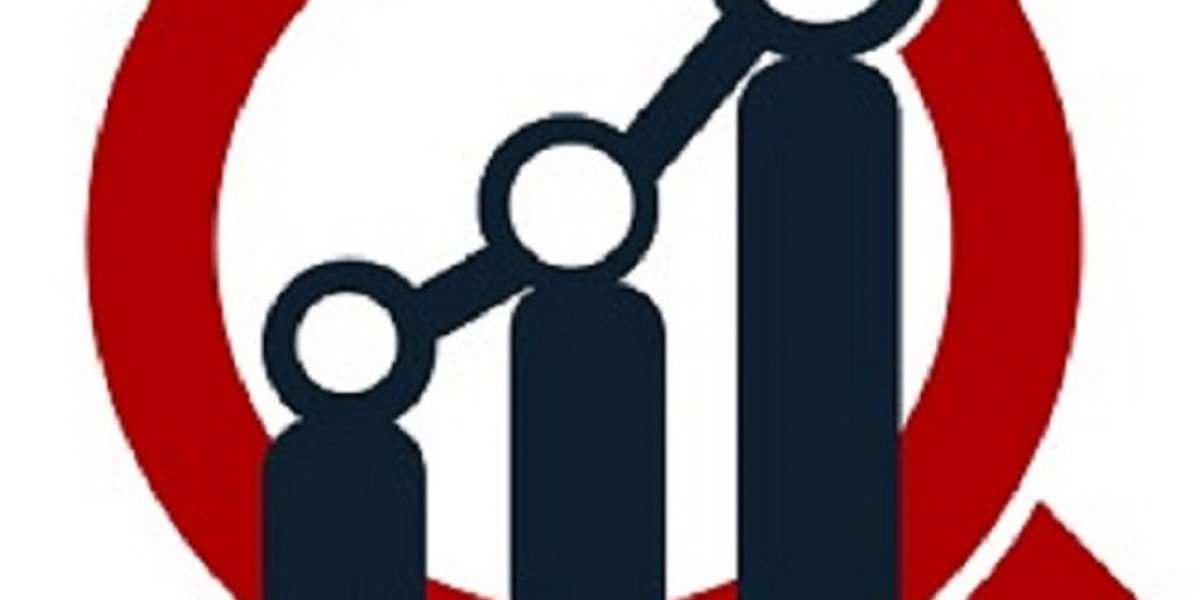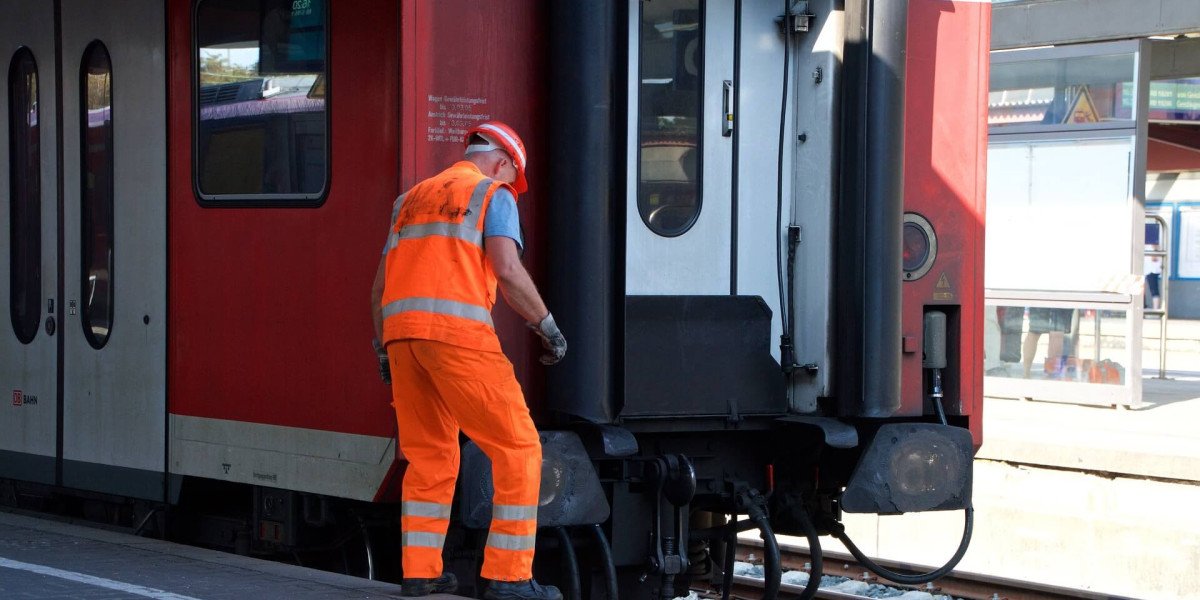The global Smart Camera market is witnessing remarkable growth as demand for advanced surveillance and intelligent imaging systems surges across industries. Valued at USD 8.9 billion in 2024, the market is projected to reach USD 21.6 billion by 2032, expanding at a strong CAGR of 11.7% during the forecast period (2024–2032). With applications ranging from home security and industrial monitoring to retail analytics and traffic management, smart cameras are emerging as a crucial element in the modern connected ecosystem.
Get Sample Report of Smart Camera Market @ https://marketintelo.com/request-sample/40264
Rising Demand for AI-Powered Security Solutions
The increasing need for real-time monitoring, advanced analytics, and automated threat detection is fueling the adoption of smart cameras worldwide. Unlike traditional cameras, smart cameras integrate built-in processors, AI-based recognition, and wireless connectivity to deliver enhanced functionalities. Governments and enterprises are investing heavily in AI-powered surveillance to bolster safety, minimize risks, and streamline operations.
Expanding Role in Smart Homes and Consumer Electronics
The adoption of smart home ecosystems is one of the most significant drivers of market growth. With rising consumer spending on IoT-enabled devices, smart cameras are becoming central to connected living. Integration with virtual assistants like Amazon Alexa and Google Assistant allows users to monitor properties remotely, reinforcing convenience and safety. This trend is expected to boost consumer-grade smart camera sales, particularly in North America and Europe.
Get Sample Report of Smart Camera Market @ https://marketintelo.com/request-sample/40264
Industrial Applications Driving Market Expansion
Beyond residential use, industrial sectors are embracing smart cameras for quality inspection, predictive maintenance, and production line automation. In manufacturing, smart cameras equipped with image recognition are enhancing precision and efficiency. Additionally, retail stores are leveraging these devices for customer behavior analysis, inventory management, and loss prevention, underlining their multifunctional value.
Technological Advancements Boosting Market Potential
Rapid advancements in AI, machine learning, 5G, and edge computing are revolutionizing the smart camera industry. Enhanced image processing capabilities, ultra-high-resolution sensors, and improved connectivity are enabling seamless integration with smart city projects and enterprise-level security networks. The rollout of 5G is particularly significant, as it allows for real-time video analytics and uninterrupted remote surveillance.
Key Market Drivers
Several factors are contributing to the rapid expansion of the smart camera market:
Rising security concerns in public and private spaces.
Increasing adoption of IoT and smart home technologies.
Growing demand for AI-driven analytics in surveillance.
Technological innovations such as 4K resolution and edge-based processing.
Government investments in smart city infrastructure.
Read Full Research Study: https://marketintelo.com/report/smart-camera-market
Market Restraints and Challenges
Despite its growth potential, the market faces certain challenges. High installation and maintenance costs may limit adoption in small-scale enterprises and emerging economies. Additionally, concerns related to data privacy and cybersecurity threats remain pressing issues, as smart cameras are often connected to sensitive networks. Overcoming these barriers will be critical to sustaining long-term market growth.
Opportunities in Emerging Markets
Asia-Pacific is expected to witness the fastest growth, driven by large-scale urbanization, industrialization, and government-led digitalization initiatives. Countries like China, India, and South Korea are investing heavily in smart surveillance for traffic management, public safety, and industrial monitoring. Similarly, Latin America and the Middle East are adopting smart cameras as part of smart city and infrastructure development projects.
Competitive Landscape
The smart camera market is highly competitive, with major players focusing on product innovation, partnerships, and acquisitions to strengthen their market presence. Leading companies such as Sony, Samsung, Canon, Bosch Security Systems, and Panasonic are investing in advanced AI features and cloud-based solutions. Startups and emerging firms are also entering the market with cost-effective, innovative models, intensifying the competition.
Future Outlook
Looking ahead, the smart camera market is expected to play a pivotal role in shaping the future of surveillance, automation, and connected ecosystems. As demand for real-time insights, automation, and security assurance continues to grow, smart cameras will evolve into multifunctional tools catering to both consumer and enterprise needs.
Conclusion
The smart camera market is set to undergo significant transformation over the next decade, driven by technological innovation and growing adoption across industries. With applications expanding from homes to enterprises and smart cities, the sector is positioned for exponential growth. Companies that capitalize on AI integration, affordability, and data security solutions are likely to emerge as key beneficiaries in this evolving landscape.
Related Report







